
Close
Enquiry
Please see contact information below or complete the form and we will get in touch with you.
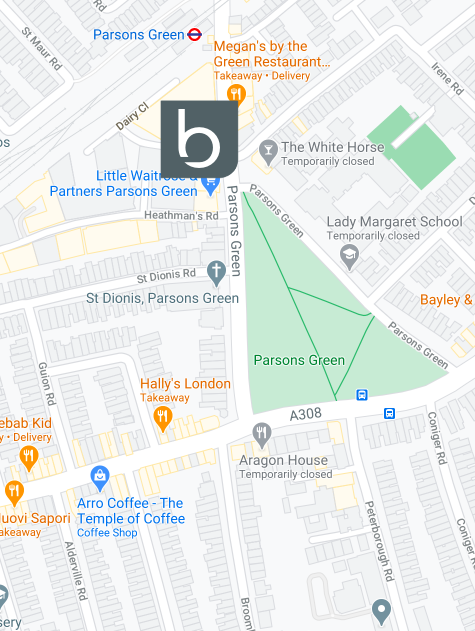
Parsons Green
3rd Floor Brigade House
8 Parsons Green
London
SW6 4TN
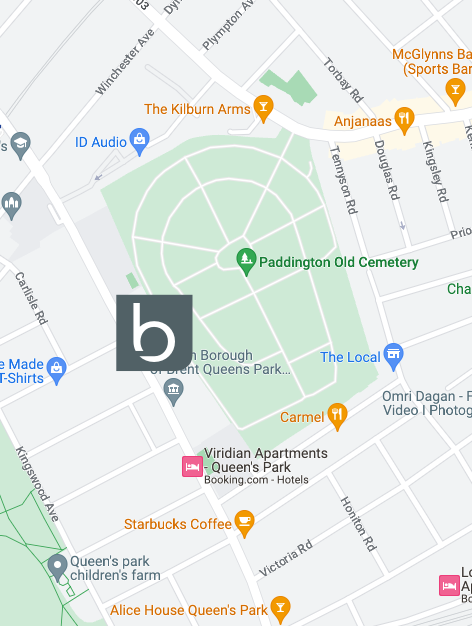
Queen's Park
2nd Floor
105-109 Salusbury Road
London
NW6 6RG
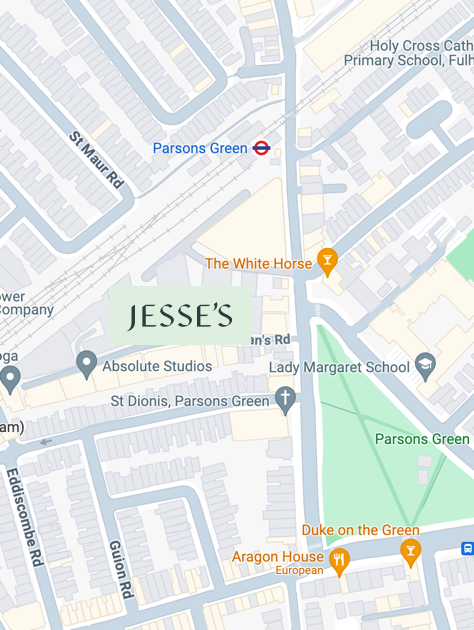
Jesse's House
8-10 Heathmans Road
Parsons Green
London
SW6 4TJ
Pelvic Health Physiotherapy – Part 1 of 4
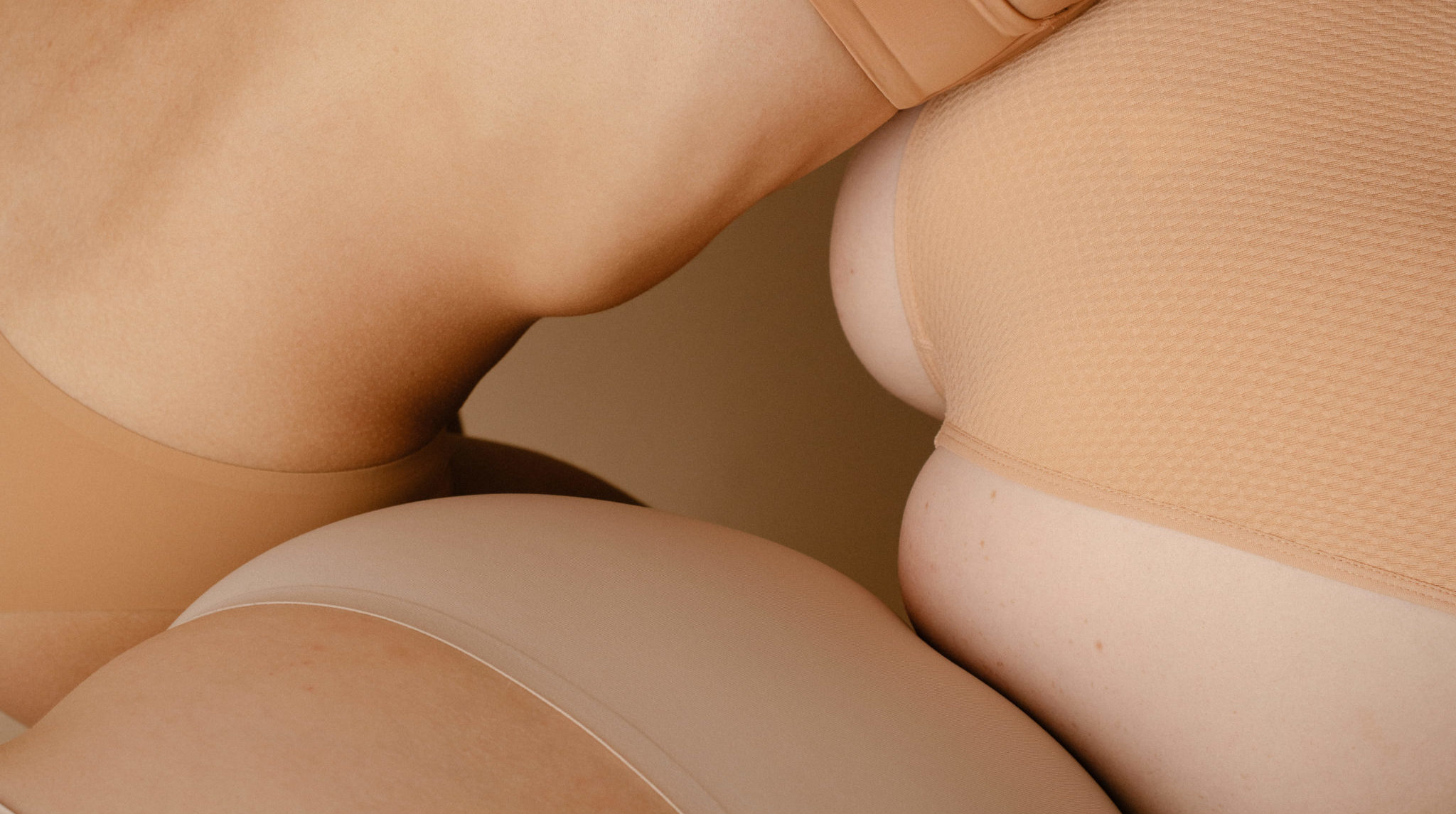
Introducing Pelvic Health Physiotherapy (and everything you ever needed to know about Pelvic Floor Dysfunction & Pelvic Pain) – Part 1 of 4
Pelvic Health Physiotherapy is a specialist area within the field of musculoskeletal health that involves the non-surgical treatment of the pelvis and pelvic floor. Advanced clinicians assess, treat and manage patients with the issues associated with pelvic floor dysfunction. These include incontinence, pelvic girdle pain, pelvic organ prolapse, abdominal muscle separation and sexual dysfunction – to name a few.
Marta Kinsella and Jo Gipson complete the unique team of Women’s Health Physiotherapists at LETO. Both Marta and Jo are determined to raise the profile of the conditions treated by Pelvic Health Physiotherapists. They hope to provide education and insight into these so often misunderstood but fundamental aspects of wellbeing for women. With the right help so many of these symptoms can be treated, managed and even cured. Both are firm believers that women should not be ashamed of these conditions, nor should they suffer in silence!
To introduce LETO and the range of new Women’s Health services it provides, we have produced this series of four articles for the female members of the LETO community (ok… and for any brave men who might be interested too!). We hope you enjoy!
Jill’s Story..
Jill has been a client at Beyond Health for a number of years. For reasons she reveals below it was only until recently that she engaged in our Women’s Health services at LETO. The positive outcome of her experience inspired Jill to raise awareness about this vital but neglected component of female wellbeing.
“… Several years ago my gynaecologist recommended I see a Women’s Health Physiotherapist for (dare I say it) a minor incontinence problem. I was healthy and relatively fit but when I hit menopause the frequency of my symptoms and my “don’t make me laugh I’ll pee!” pleas had increased. She explained the rarity of these specialists and suggested I travel to the outskirts of London to get the help I needed. Despite my keen interest in sorting my problem I struggled to find the travel time for this appointment or to make it a priority. I soldiered on with the problem…you know how it goes! I was therefore extremely interested to learn that Beyondhealth was extending its services to include Women’s Health Physiotherapy. I booked an appointment with a highly skilled and experienced specialist Women’s Health Physiotherapist who had recently joined the team at LETO. I was so impressed with her approach and relieved with the results (no pun intended). I asked if we could meet to discuss this seemingly low priority but much deserving topic.
I thought the cafe at the Victoria and Albert Museum would be a nice change from the Parson’s Green clinic as a meeting place. The William Morris dining room was a glorious setting but as delicious as the jasmine tea and biscuits were those of you who have been there will know the tables are rather close together and that even quiet conversation can echo around the room. As my physiotherapist began to describe in detail the conditions she treats which include incontinence, pelvic organ prolapse, faecal incontinence and sexual dysfunction (not conversations for the faint hearted!) I shrunk down in my seat and began to wonder if I’d made a big mistake with my choice of venue. But as she continued with authority and animation on her topic I started to notice women in nearby tables craning to hear just exactly what she had to say…
She reassured me that my experience was very common and explained how incredibly prevalent these conditions are. It is not just pre or post natal women who are at risk, the condition can affect women of any age from adolescence to menopause and at any stage in life. In fact, 1 in 3 women will experience Women’s Health issues at some point in their lives however the sad truth is that most women in the United Kingdom tolerate these symptoms in silence because they are either too embarrassed to discuss the problem with their GP or don’t know where to go to get help. They are unaware that effective conservative treatment exists, or even worse, assume the condition is normal. It is not! She also compared the management of Women’s Health issues in the United Kingdom with France where she explained the importance of a healthy pelvic floor is widely recognised and where pelvic health Physiotherapy is more commonly prescribed, available and sought. I sighed to myself… the quintessential French woman whose elegance, certain Je-ne-sais-quoi, inimitable style and enviable figure is the envy of the rest us. And now the fully functioning pelvic floor. What next?!
So I challenged my physiotherapist, “Why are these conditions so prevalent and why do they occur?” and “Why is Women’s Health Physiotherapy given so low a profile in the United Kingdom?!”
So let’s begin by addressing Jill’s first question.
The Anatomy and Function of the Pelvic Floor
Because the pelvic floor muscles are involved in almost every functional body movement we make proper pelvic floor function is fundamental to overall musculoskeletal health and wellbeing.
The pelvic floor refers to a group of muscles that run from the pubic bone to the tailbone. These muscles act like a sling and help support the bladder, bowel and reproductive organs. These reproductive organs include the uterus (in women) and the prostate (in men). Men can experience pelvic floor dysfunction too but the condition is predominantly (85%) a female issue. In women the pelvic floor muscles wrap around the urethra, rectum and vagina and influence control over the bladder, bowel and can effect sexual sensation. If you examine the photo below and the structures that flow through the pelvic floor muscles it becomes easier to understand how a dysfunctional pelvic floor can negatively impact other functions.
The Pelvic Floor Muscles and Related Structures
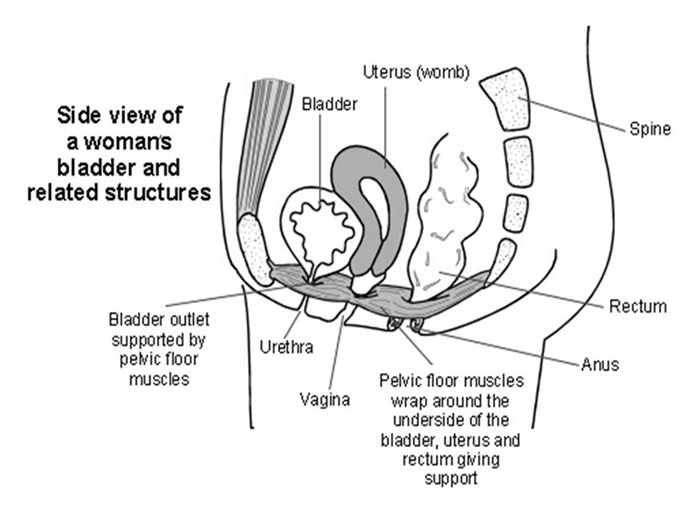
Source: patient.co.uk
Thanks to the revolution and trend in core stability exercise and training over the past 10 – 15 years most people are familiar with the role and importance of abdominal and back strength in proper posture, movement and injury protection. It is, however, specifically the deep core muscles which include the deep abdominals (transversus abdominus), the deep back muscles (multifidus) and the pelvic floor muscles that support and protect the lumbar region. This support and protection reduces the risk of back, hip and knee pain and is also required to support a baby during pregnancy and facilitate the birthing process. Given these muscle groups are required to work together the tension in these muscles must be balanced in order for them to function properly.
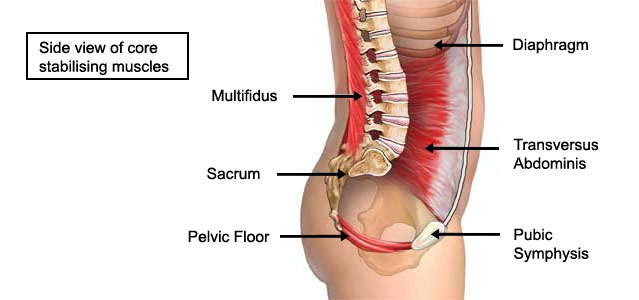
Photo: Thanks to Physioworks Brisbane, Australia
Pain or poor movement can over time interfere with the way muscles are recruited. The brain loses its ability to connect with the pelvic floor muscles resulting in poor recruitment of the muscles. Some muscles can become either under or over active causing reduced function, pain and other symptoms. Because we can’t see and often can’t feel the pelvic floor muscles it is very important to have a specialist identify which muscles are weak or tight and how they are functioning. Women’s Health Physiotherapists are trained to observe an individual’s patterns of movement and examine how their system is being loaded. They evaluate how the pelvic floor is functioning and the pressure that the pelvic floor is experiencing.
Women with incontinence often experience low back pain, hip and/or knee pain which are symptoms that may reflect a weakened or unstable core. At LETO we believe that all women presenting with joint pain in these areas should be routinely questioned about pelvic floor health as part of a comprehensive physiotherapy consultation. Whilst pelvic floor muscles are at the root of most women’s health symptoms it is important that these symptoms not be treated in isolation.
Strengthening the pelvic floor may improve incontinence but it may also have a positive impact on resolving the stability of the whole system including joint instability, lower back, hip problems and even head, neck, shoulder and postural problems.
If you, a friend or a relative are experiencing pelvic pain or incontinence we recommended you see a pelvic health physiotherapist. As you would expect, the service at LETO is highly confidential and our physiotherapists respect the extremely sensitive nature of these problems and offer patient comfort and privacy at all times.
In the next of this “For Women Only” four article series we will discuss three specific Women’s Health conditions; Urinary Incontinence, Pelvic Girdle Pain, and Sexual Dysfunction.

